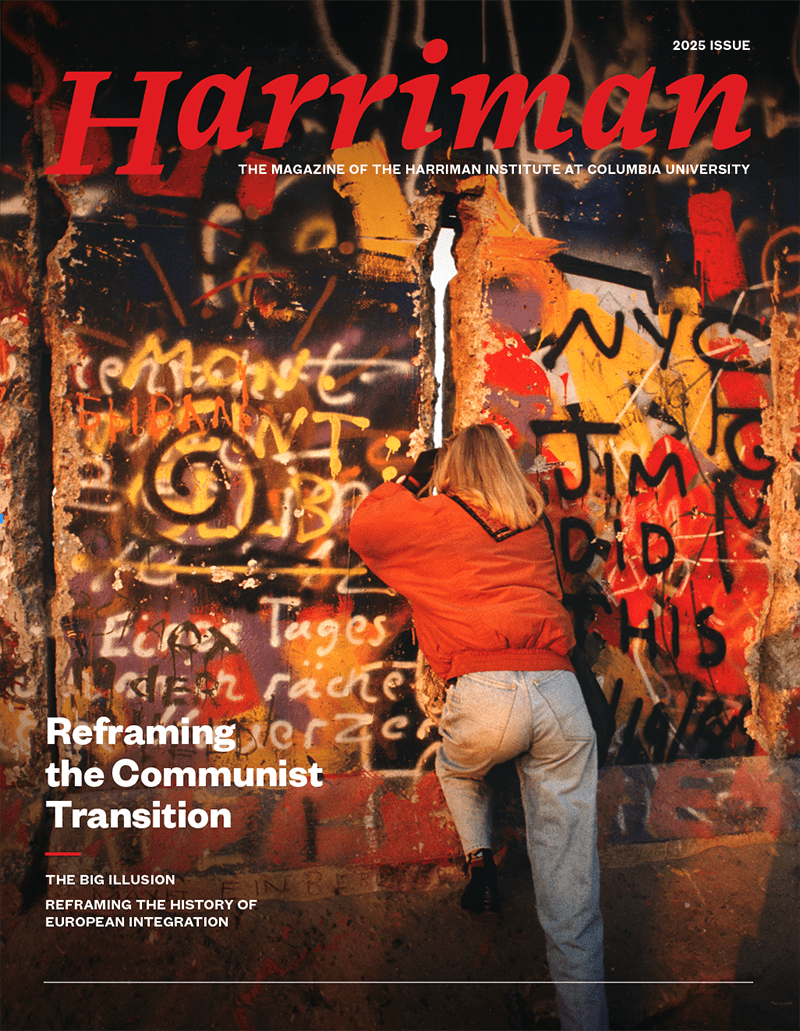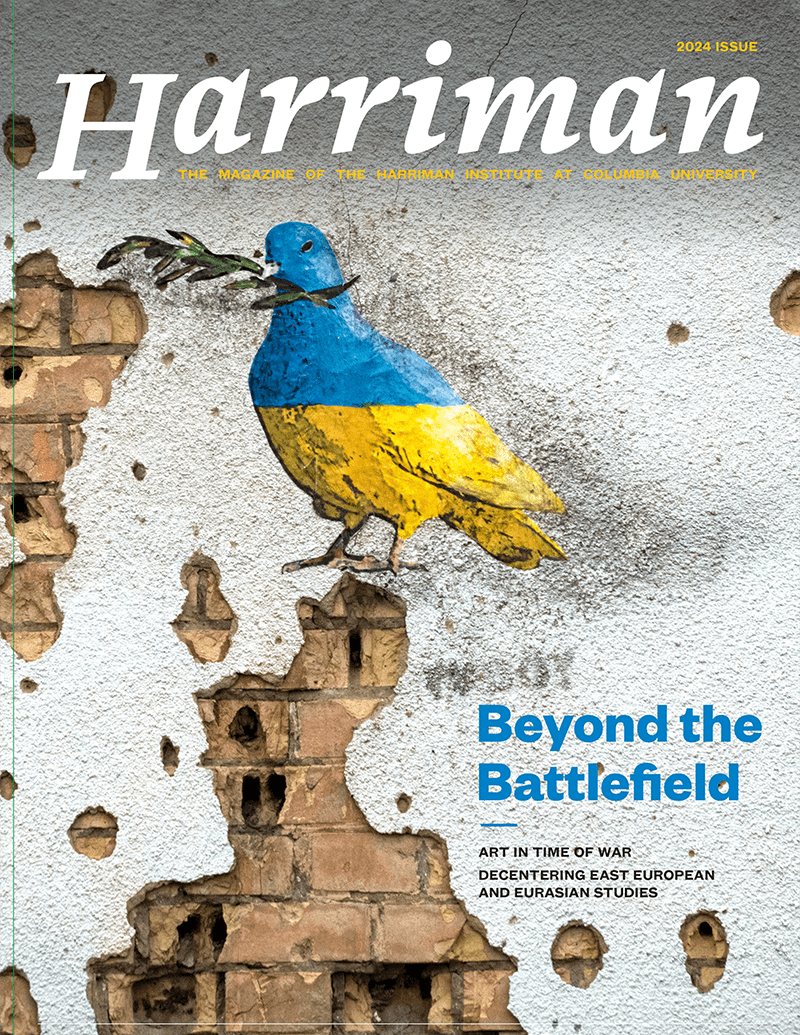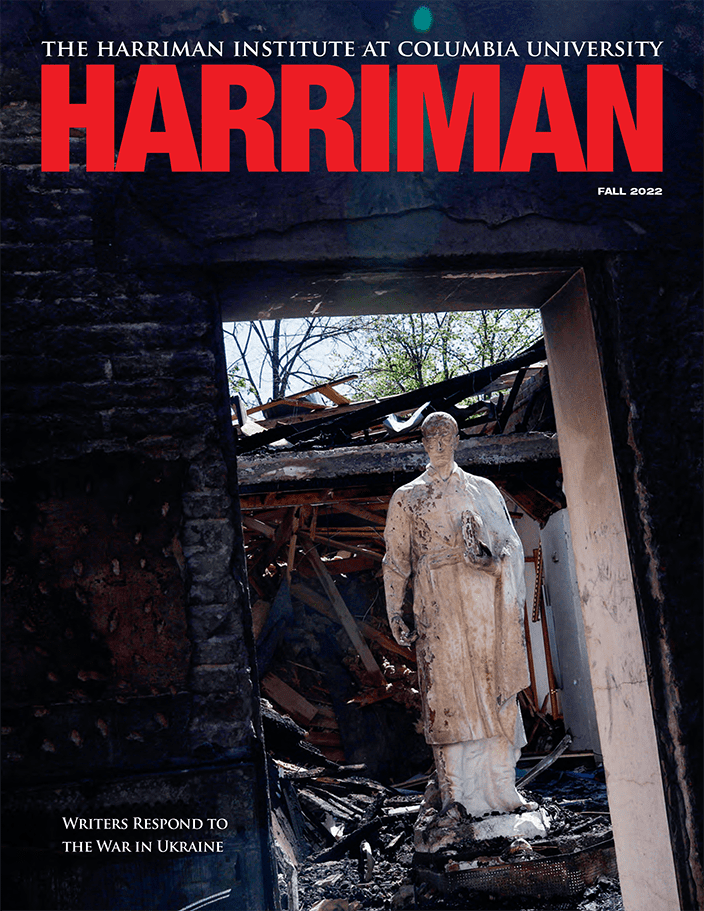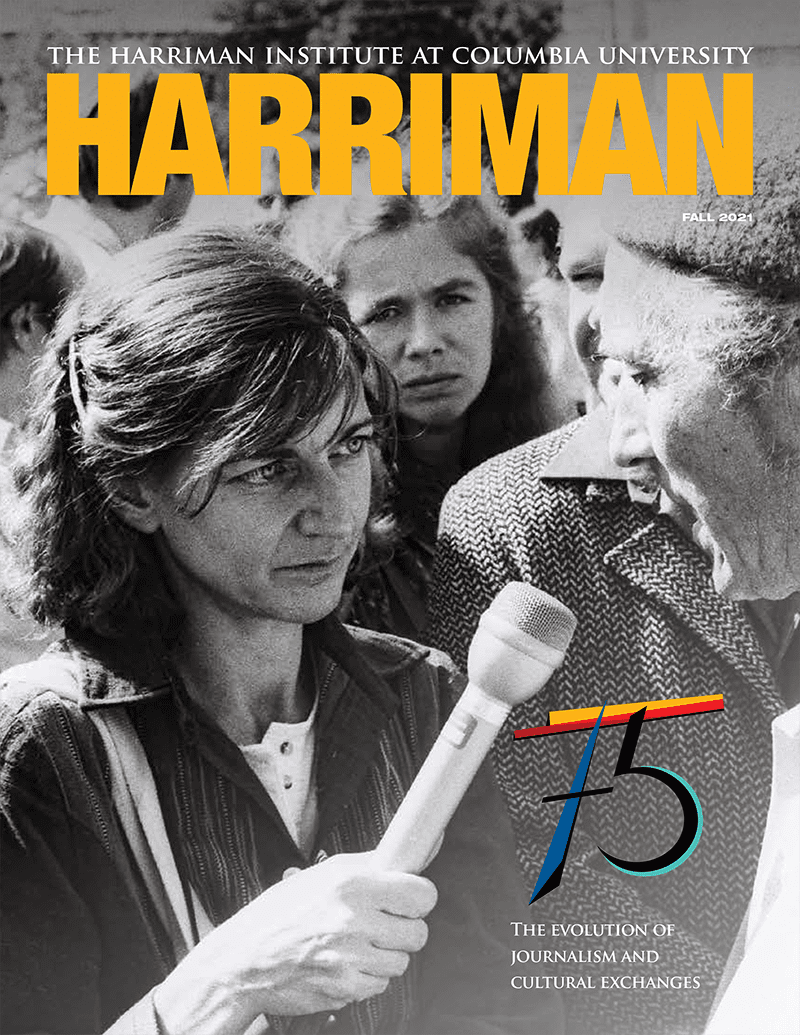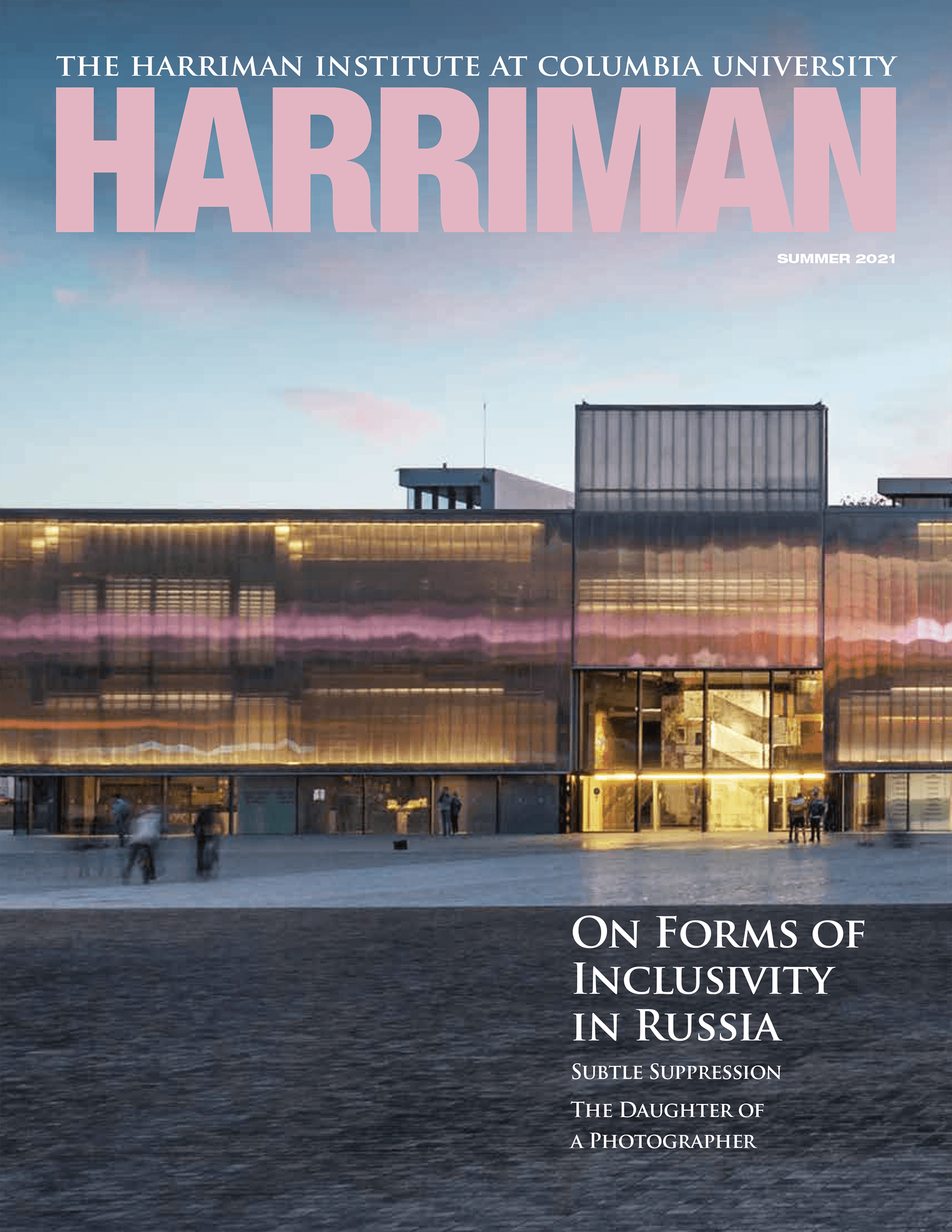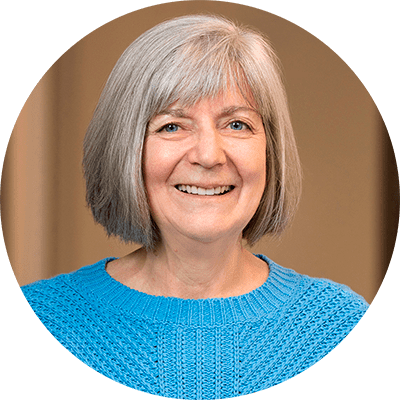 This issue of the magazine looks back in time, using the gained wisdom of hindsight to reframe how we see some of the events that culminated in Communism’s collapse in Eastern Europe and the Soviet Union. Just after these stories were sent off for production, a new event—Donald Trump’s election as the forty-seventh U.S. president—reminded us that history is ever-changing, and that one reason we study it is to learn lessons for today. Until he is sworn into office, we can’t know what concrete actions Trump will take. But it’s certain that the new Trump presidency could have a far-reaching impact in the region, both now and for years to come.
This issue of the magazine looks back in time, using the gained wisdom of hindsight to reframe how we see some of the events that culminated in Communism’s collapse in Eastern Europe and the Soviet Union. Just after these stories were sent off for production, a new event—Donald Trump’s election as the forty-seventh U.S. president—reminded us that history is ever-changing, and that one reason we study it is to learn lessons for today. Until he is sworn into office, we can’t know what concrete actions Trump will take. But it’s certain that the new Trump presidency could have a far-reaching impact in the region, both now and for years to come.
That reality set off some immediate alarms.
“As Ukrainians, we have no say in the U.S. election, but our future depends on who wins it,” wrote Olga Rudenko, editor of the Kyiv Independent, two days after Americans voted. “If I had to capture the mood in Kyiv, I’d say it’s nauseating uncertainty.”
Other countries anxious about how a Trump presidency will affect Russian aggression and revanchism will share that uncertainty, including Latvia, whose post-Communist transition is widely seen as a rare democratic success story to emerge from the Soviet collapse. Investigative journalist Inga Springe’s account of this period reminds us that the transition was far from smooth, that democracy was not inevitable, and that it remains fragile even in Latvia.
In Springe’s piece and the other reexaminations here, we are reminded that the period of euphoria and exuberant optimism that followed the collapse did not necessarily provide a sound basis for comprehending the complexities of the new post-Communist world. As Communism toppled, Western policymakers and academics “could have begun to recognize, contextualize the individual components of this bloc,” says Harriman Director Valentina Izmirlieva (see interview), whose homeland Bulgaria was part of this process. Instead, many in the West continued to see the bloc as a single, homogeneous mass, she says, though the war in Ukraine has begun to change that, forcing recognition of the need “to reframe our knowledge about the former Soviet bloc and the possibilities of thinking about its components in different ways, to recontextualize them, to reconfigure our mental maps of not just political zones but also of cultural connections.”
Hungarian academic Ferenc Laczó echoes Izmirlieva’s call for reframing in his essay chiding the European Union for a Western-centric approach to integrating new members. And former Moscow correspondent Jeff Trimble tells a compelling tale of one Russian journalist’s fall from official grace in 1987, when glasnost, or openness, was too often confused with freedom of the press.
Trimble argues that misunderstanding glasnost may have helped bring about Vladimir Putin’s repressions, a point underscored by Masha Udensiva-Brenner’s profiles of five Russian independent journalists. Each of them now lives in exile, their reporting blocked in Russia, where many journalists have been denounced as foreign agents. Donald Trump has warned that some of the news media will be targets in his new administration; he has only to look to Putin for techniques in how journalism, a fundamental pillar of democracy, can be reined in.

Ann Cooper
Editor-in-Chief
Featured photo: A Soviet Army monument in Sofia, Bulgaria, painted over by an unknown artist in June 2011 (top image). Bottom image shows the monument after the paint was cleaned away. (Photo by DIMITAR DILKOFF/AFP via Getty Images)


